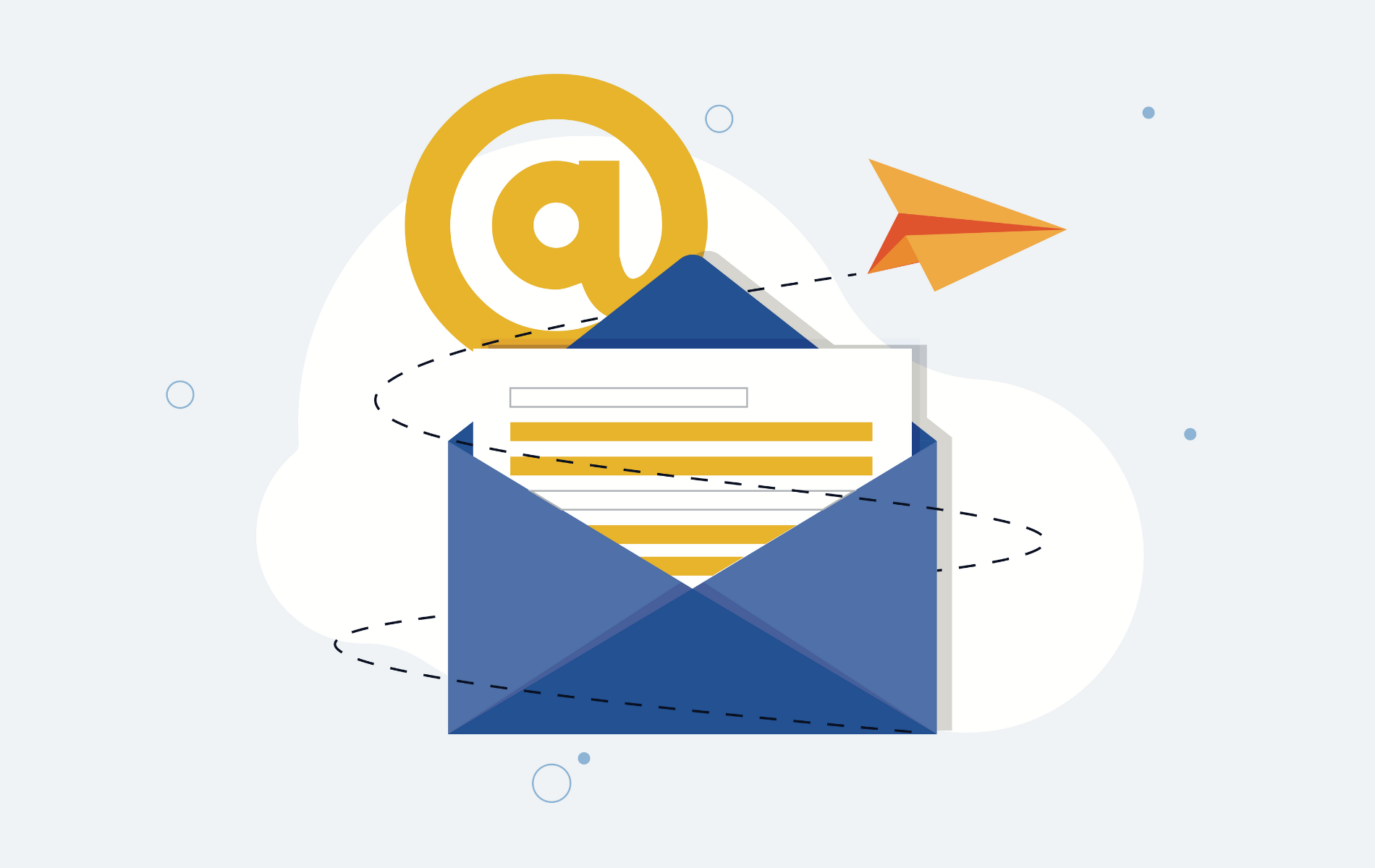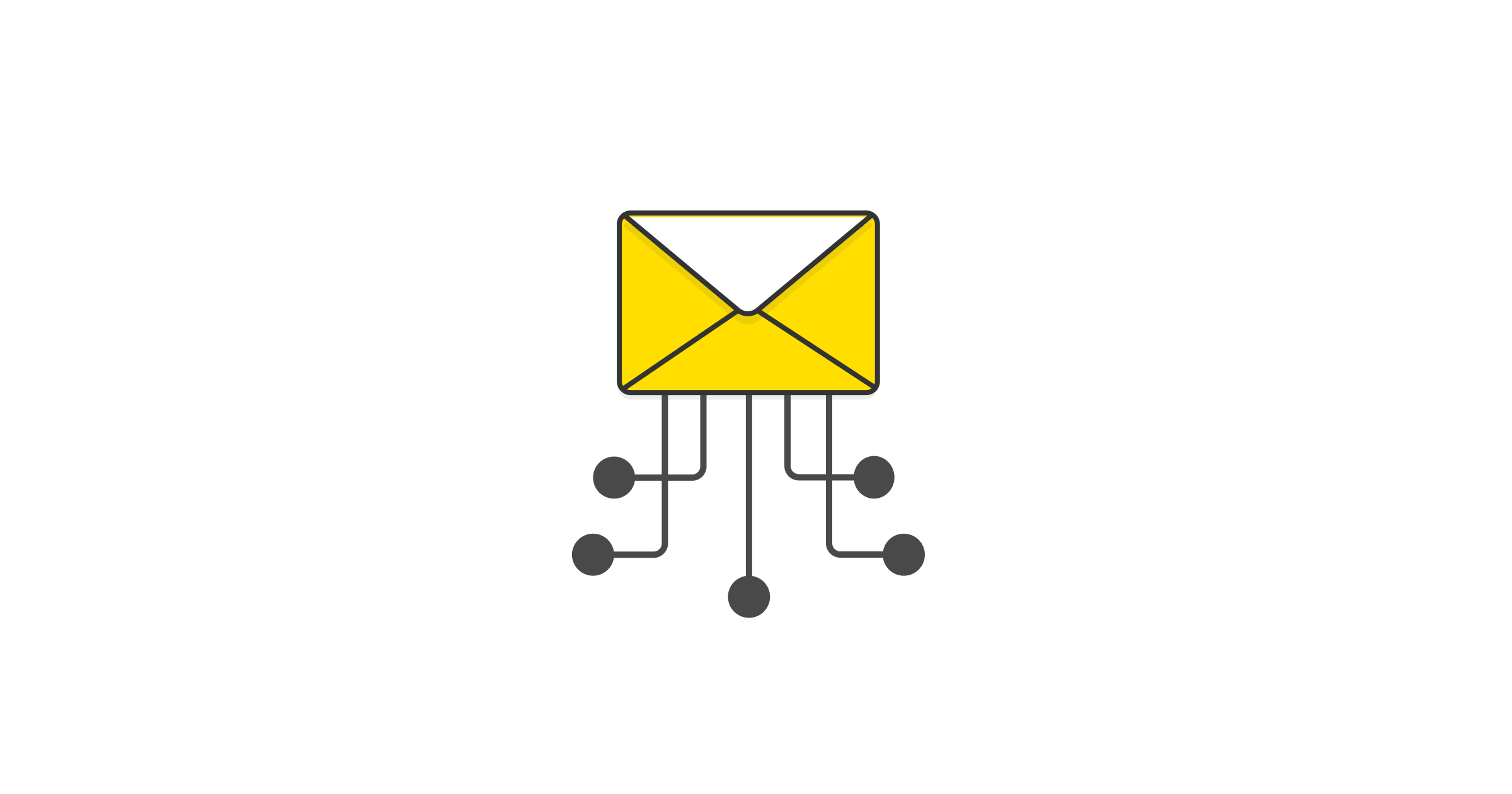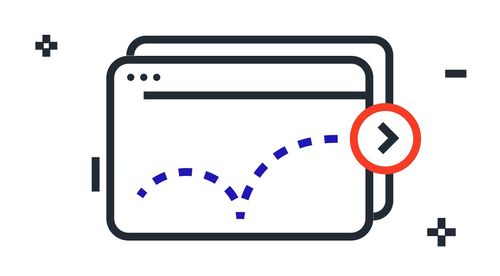Email communication plays a vital role in our personal and professional lives. However, encountering bounce emails can be frustrating and hinder effective communication. When an email fails to reach its intended recipient, it is known as a bounce email. Bounce emails occur due to various reasons, such as invalid email addresses, full mailboxes, or spam filters. In this article, we will delve into bounce emails in Zoho Mail, a popular email service provider, and explore strategies to improve email delivery and reduce bounce rates for seamless communication.
Understanding Bounce Emails

A bounce email is a message that is returned to the sender because it was unable to be delivered to the intended recipient. Bounce emails can be classified into two types:
1. Soft Bounces
Soft bounces are temporary delivery failures. They occur when an email cannot be delivered due to issues such as a full mailbox, a temporary server problem, or a message size limit exceeded. In the case of a soft bounce, the email server will attempt to deliver the email again at a later time. If the email fails to be delivered after multiple attempts, it may be classified as a hard bounce.
2. Hard Bounces
Hard bounces are permanent delivery failures. They occur when an email cannot be delivered due to reasons like an invalid or non-existent email address, a blocked domain, or a recipient email server that no longer exists. In the case of a hard bounce, the email will not be retried for delivery as it is deemed undeliverable.
Bounce emails can impact your email delivery and communication efforts. A high bounce rate can negatively affect your sender reputation and deliverability. It is essential to monitor and address bounce emails promptly to ensure successful email delivery and maintain effective communication.
Managing Bounce Emails in Zoho Mail

Zoho Mail provides several features and tools to help you manage bounce emails effectively. Here are some strategies to consider:
1. Regularly Monitor Bounce Reports
Zoho Mail offers bounce reports that provide insights into the bounce status of your sent emails. Regularly review these reports to identify any patterns or trends in bounced emails. Analyzing bounce reports can help you pinpoint issues and take appropriate actions to improve email delivery.
2. Handle Soft Bounces Proactively
When you encounter a soft bounce, it is essential to take proactive steps to address the underlying issue. For example, if the bounce is due to a full mailbox, you can request the recipient to clear their mailbox or provide an alternative email address. By promptly resolving soft bounces, you increase the chances of successful email delivery in subsequent attempts.
3. Update and Verify Recipient Email Addresses
Regularly update and verify the email addresses of your recipients. Ensure that the email addresses are valid and active. By maintaining accurate recipient information, you can reduce the risk of hard bounces caused by invalid or non-existent email addresses.
4. Review Spam Filters and Email Content
Spam filters can sometimes cause legitimate emails to be flagged as spam and result in bounces. Ensure that your email content adheres to best practices and does not trigger spam filters. Avoid using spammy language, excessive links, or attachments that might raise red flags for spam filters.
5. Cleanse Your Email List
Regularly clean and update your email list to remove inactive or bouncing email addresses. Use email verification services or tools to identify and remove invalid or non-existent email addresses from your list. This helps improve deliverability and reduces bounce rates.
Commonly Asked Questions
1. How can I differentiate between a soft bounce and a hard bounce?
Soft bounces are temporary delivery failures and are typically caused by issues like a full mailbox or a temporary server problem. The email server will attempt to deliver the email again. In contrast, hard bounces are permanent delivery failures caused by reasons such as an invalid email address or a non-existent recipient email server. Hard bounces indicate that the email is undeliverable.
2. What can I do to reduce bounce rates in Zoho Mail?
To reduce bounce rates in Zoho Mail, ensure that you have accurate and up-to-date recipient email addresses. Regularly monitor bounce reports and take proactive steps to handle soft bounces promptly. Cleanse your email list to remove invalid or non-existent email addresses, and review your email content to avoid triggering spam filters.
3. Is it possible to recover emails from bounce emails?
In most cases, emails that have hard bounced cannot be recovered as they are deemed undeliverable. It is advisable to update the recipient's email address and resend the email if it is important. However, for soft bounces, the email server will attempt to deliver the email again, providing an opportunity for successful delivery.
4. Can I prevent bounce emails completely?
While it is challenging to prevent bounce emails entirely, you can take measures to minimize bounce rates. By maintaining accurate recipient email addresses, monitoring bounce reports, and addressing soft bounces promptly, you can significantly reduce bounce rates and improve email delivery.
5. How does bounce management impact my sender reputation?
Bounce management plays a crucial role in maintaining a positive sender reputation. High bounce rates can negatively impact your reputation as they indicate poor email list quality or spammy practices. Internet service providers and email filters consider bounce rates when assessing the sender's credibility and may treat emails from high-bounce-rate senders as suspicious or spam.
Conclusion
Bounce emails can disrupt effective communication and hinder successful email delivery. By understanding bounce emails, managing them effectively in Zoho Mail, and implementing strategies to reduce bounce rates, you can ensure improved email delivery and maintain seamless communication with your recipients. Stay vigilant, monitor bounce reports, and take proactive steps to address bounce issues promptly for optimal email communication.



